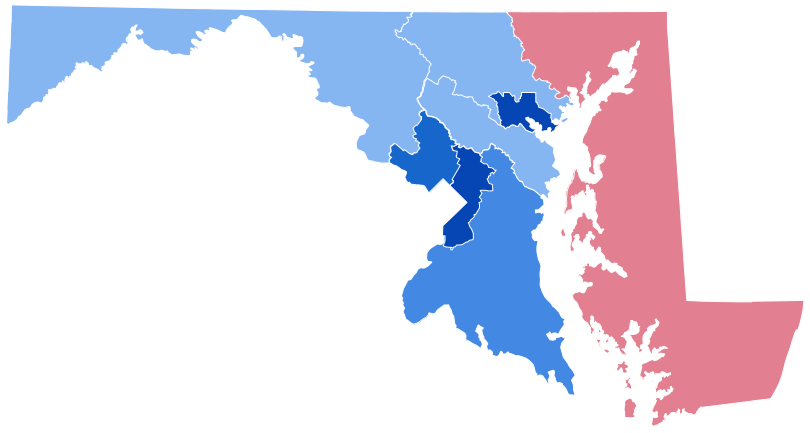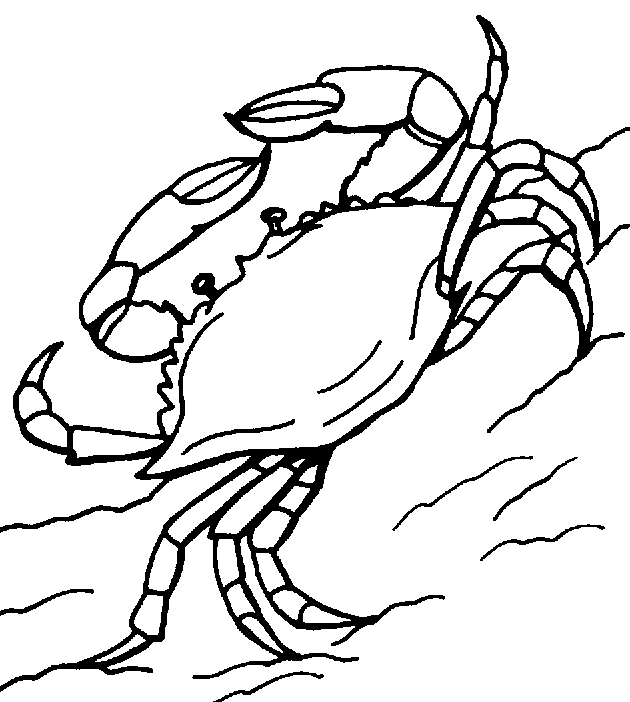Musings on the Draft Opinion

The Supreme Court’s long held and largely successful tradition of confidentially was abruptly shattered on May 2, 2022 when Politico published a February draft of Justice Alito’s opinion reversing Roe v. Wade (1973) and the later Planned Parenthood of Southeastern Pennsylvania v. Casey (1992) which reaffirmed Roe on the basis of stare decisis. At the time the draft was circulated among the Justices, Politico reported that Alito had the necessary four additional votes for reversal, and in a later leak suggested that no alternative drafts had yet to be circulated among the Justices. Until the day a final opinion for a majority is released, we will not know the ultimate result, but reading the draft 67-page opinion provides much to worry about. Two immediate reactions come to my mind.
___________________________________
The draft opinion begins by reciting that the Constitution makes no “reference to abortion.” The 14th Amendment has been held to guarantee some rights not referenced in the Constitution, but, Alito asserts, only those rights that are “deeply rooted” in this nation’s “history and tradition.” He then concludes that a right to abortion is not so “deeply rooted” inasmuch as such a right was “unknown” until the latter part of the 20th century and was prohibited by many states “at all stages of pregnancy” at the time of the adoption of the 14th Amendment.
In fact, the history of abortion law in the United States was considerably more nuanced, as discussed at length in an amicus brief filed in the case by the American Historical Association and the Organization of American Historians. According to these professional historians, when the U.S. was founded, and for many subsequent decades, Americans relied on English common law, which did not regulate abortion in early pregnancy. Up to the Civil War, the majority of state abortion laws either codified the common law by prohibiting abortion only in later stages of pregnancy or followed the common law’s reasoning by punishing abortion prior to “quickening” more lightly. The new and stricter statutes enacted in the 1840s to 1850s, heavily relied upon by Alito, were often a response to alarming newspaper stories about women’s deaths from abortion. Yet, despite these new laws on the books, abortion convictions remained rare.
Whatever one comes to believe by a study of abortion history, what is so shocking about the draft opinion is the conclusion that for any right to be protected that is not referenced in the Constitution, it must be shown to have “deep roots” in our “history and tradition.” The right to decide whether to continue a pregnancy has been grounded in the 14th Amendment’s protection against the denial of a person’s liberty without due process of law. As the court explained in Roe, “the controlling word is ‘liberty’” — and liberty includes “the right to make family decisions and the right to physical autonomy.”
The very purpose of the 14th Amendment was to prevent states from unduly restricting the rights of its citizens. Basing the existence of these rights on Alito’s interpretation of state laws enacted when women did not even have the right to vote ignores how far the world has come since that time. Reversing course and looking backward would not merely overturn Roe and Casey; it would also threaten the court’s precedents holding that the “liberty” guaranteed by the 14th Amendment protects other rights, including the rights to same-sex intimacy and marriage. None of those rights is explicitly mentioned in the Constitution, and most of them were widely prohibited when the 14th Amendment was adopted. Alito’s answer is that only abortion destroys “human life,” but whether that will be a distinction that makes a difference for his majority in cases down the road is a question left unanswered.
____________________________________________
Stare decisis (“to stand by things decided”) is the legal term for fidelity to precedent. The importance of abiding by earlier precedents arises when the same points recur in litigation because it tends to keep the scale of justice even and steady, avoiding changes simply by virtue of the opinion of every new judge. “No judicial system could do society's work if it eyed each issue afresh in every case that raised it.” See B. Cardozo, The Nature of the Judicial Process 149 (1921). Respect for precedent “promotes the evenhanded, predictable, and consistent development of legal principles, fosters reliance on judicial decisions, and contributes to the actual and perceived integrity of the judicial process.” Payne v. Tennessee (1991).
Nineteen years after Roe was decided, the Court in Casey reaffirmed Roe’s essential holding and did so on the basis of stare decisis. The Casey Court analyzed each of the factors traditionally utilized in considering the application of stare decisis. But the Casey Court did more than that. It went on to say that overruling Roe's central holding would seriously weaken the Court. “A decision to overrule Roe's essential holding under the existing circumstances would address error, if error there was, but at the cost of both profound and unnecessary damage to the Court's legitimacy and to the nation's commitment to the rule of law.”
The draft opinion considers the stare decisis issue at great length, mostly with the arguments that Roe was not only wrong, but “egregiously wrong.” It is filled with citations to recent cases when the same apparent majority reversed precedent long on the books, which only suggests that this present majority finds it easy to overturn precedent that it does not like. To the Casey Court’s concern about the impact a reversal of Roe might have on the Court’s legitimacy and the rule of law, Alito says simply “we cannot allow our decisions to be affected by any extraneous influences such as concerns about the public’s reaction to our work.”
Now, thirty years later, the stare decisis conclusions of the Casey Court appear only stronger, and the risk of “profound and unnecessary damage to the Court's legitimacy and to the nation's commitment to the rule of law” only more significant, should it ultimately be overruled despite the draft’s disclaimer. Casey is precedent on top of precedent — that is, precedent not just on the issue of whether the viability line established in Roe is correct, but also on the issue of whether it should be abandoned.
John Christie was for many years a senior partner in a large Washington, D.C. law firm. He specialized in anti-trust litigation and developed a keen interest in the U.S. Supreme Court about which he lectures and writes.
Common Sense for the Eastern Shore







